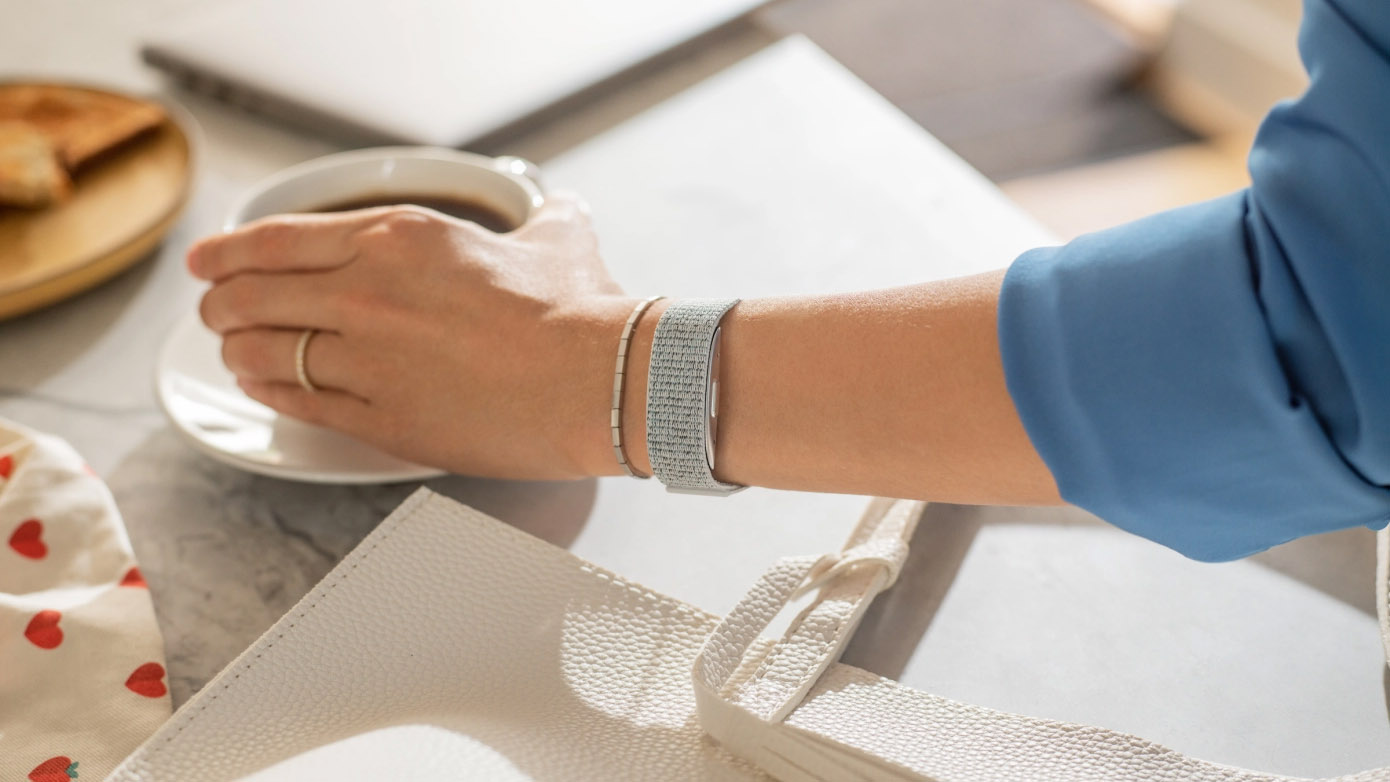
When you're choosing a Garmin watch, one of the most important considerations is the type of screen you prefer. If you want the longest possible battery life then memory-in-pixel (MIP) is the right option, whereas if you want the best looking display, OLED is the one for you. However, what if you want a watch with no screen at all?
It's a topic that recently came up on Reddit, and I can certainly see a case for it. I've tried to convince my husband that he should try a GPS watch. He's a keen cyclist and already uses a Garmin bike computer and power pedals. Having a watch as well would help him keep tabs on his recovery when he's not on the bike, as well as monitoring cross training sessions.
He's not opposed to all the tracking (he happily used a Withings Sleep Analyzer for months), but he's too fond of his analog field watch and won't entertain the idea of swapping it for something else – even if I try to convince him that steps not logged on Strava didn't actually happen.
But a little unobtrusive, screen-free band that he could wear on his other wrist, in addition to his regular watch? That might be something he'd use.
Going screenless
Of course, the screenless sports watch isn't a new concept. Whoop is the best known example – a slim sensor package and no display, which can be worn on your wrist like a watch, or slipped into your clothing.
The device, now on its fourth iteration, tracks your workouts and wellbeing silently, syncing the resulting data to your phone with no screen or smartwatch features to distract you. No WhatsApp notifications or move alerts – just a few centimeters of plastic that you can basically forget about.

Unlike Garmin watches, Whoop works on a subscription model. You pay an annual or monthly fee to access the data-analyzing services, and the hardware is free.
All the latest inspiration, tips and guides to help you plan your next Advnture!
Whoop has carved itself a nice niche, but the screenless sports watch isn't easy to get right. Amazon experimented with a similar setup when it released the first-generation Amazon Halo in 2021. Like the Whoop strap, the original Halo was a simple strap with a set of sensors. It was cheap, but not free, with a subscription plan for wearers who wanted more than the most basic health tracking.
In a weird twist, it also had a microphone to analyze your speech and give feedback on your tone of voice. Although novel, the feature was generally regarded as incredibly creepy. Amazon abandoned the mic and adopted a screen for the second-gen Halo, which was a much more conventional Fitbit-style sports watch. It failed to find a place on wrists, and Amazon shut down the Halo service in April this year.

Garmin could differentiate itself by charging for the hardware (a discreet band), but keeping access to data free through Garmin Connect. Unlike the Whoop strap, it would have its own on-board GPS in addition to biometric sensors, and would start activity tracking automatically for walks, runs, and bike rides.
Data from that, plus any other Garmin devices would be pooled in the app, and (importantly) synced with Strava, so you can wear your smart watch and still get your hard-earned Kudos. Who needs a screen?
- Best road running shoes: tested and reviewed for training and races

Cat is the editor of Advnture, She’s been a journalist for 15 years, and was fitness and wellbeing editor on TechRadar before joining the Advnture team in 2022. She’s a UK Athletics qualified run leader, and in her spare time enjoys nothing more than lacing up her shoes and hitting the roads and trails (the muddier, the better), usually wearing at least two sports watches.
